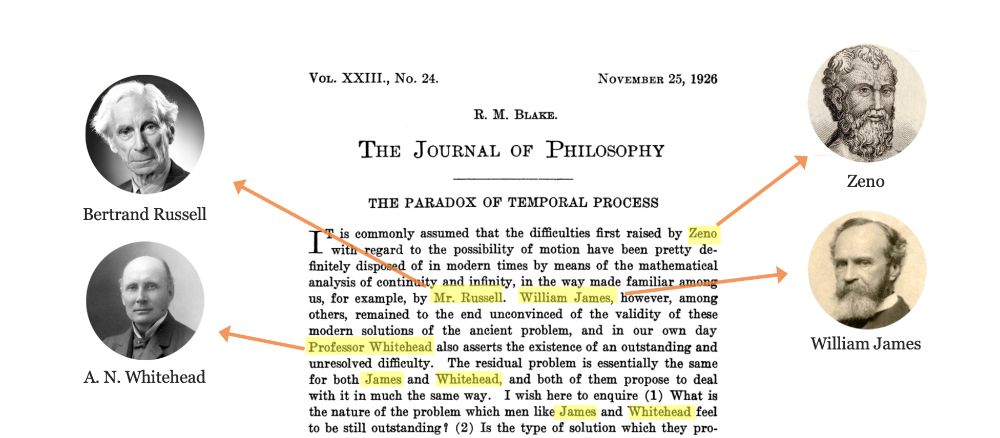with the planned budget cuts on research and education in The Netherlands.
Figure ⬇️ Government investment per student in the Netherlands, 2000-2024. h/t @universiteitennl.bsky.social

with the planned budget cuts on research and education in The Netherlands.
Figure ⬇️ Government investment per student in the Netherlands, 2000-2024. h/t @universiteitennl.bsky.social

Sign the petition! woinactie.blogspot.com/2024/11/steu... #woinactie

Sign the petition! woinactie.blogspot.com/2024/11/steu... #woinactie
This paper describes its technical implementation: link.springer.com/article/10.1...
This paper uses edhiphy to investigate the U.S reception of logical empiricism: tinyurl.com/3mu97yk4
And try it yourself here: edhiphy.org
(11/11)

This paper describes its technical implementation: link.springer.com/article/10.1...
This paper uses edhiphy to investigate the U.S reception of logical empiricism: tinyurl.com/3mu97yk4
And try it yourself here: edhiphy.org
(11/11)

(article proportion = percentage of articles that mentions a philosopher at least once) (8/11)

(article proportion = percentage of articles that mentions a philosopher at least once) (8/11)
The closer two nodes are, the more frequently the philosophers are mentioned in the same papers, relatively speaking (7/11)

The closer two nodes are, the more frequently the philosophers are mentioned in the same papers, relatively speaking (7/11)
Here ⬇️ are screenshots of Mary Whiton Calkins' page (the most mentioned female philosopher of the 1910s) (6/11)



Here ⬇️ are screenshots of Mary Whiton Calkins' page (the most mentioned female philosopher of the 1910s) (6/11)



Who was the most mentioned philosopher in English-language philosophy journals in the 1910s?
Hint: It was not a British or an American philosopher 😱
(2/11)

Who was the most mentioned philosopher in English-language philosophy journals in the 1910s?
Hint: It was not a British or an American philosopher 😱
(2/11)
- 7.30: Prof. Kai Nielsen analyzes logical positivism
- 8.00: Captian Kangaroo - Children
- 9.00: Mighty Heroes - Cartoons

- 7.30: Prof. Kai Nielsen analyzes logical positivism
- 8.00: Captian Kangaroo - Children
- 9.00: Mighty Heroes - Cartoons

